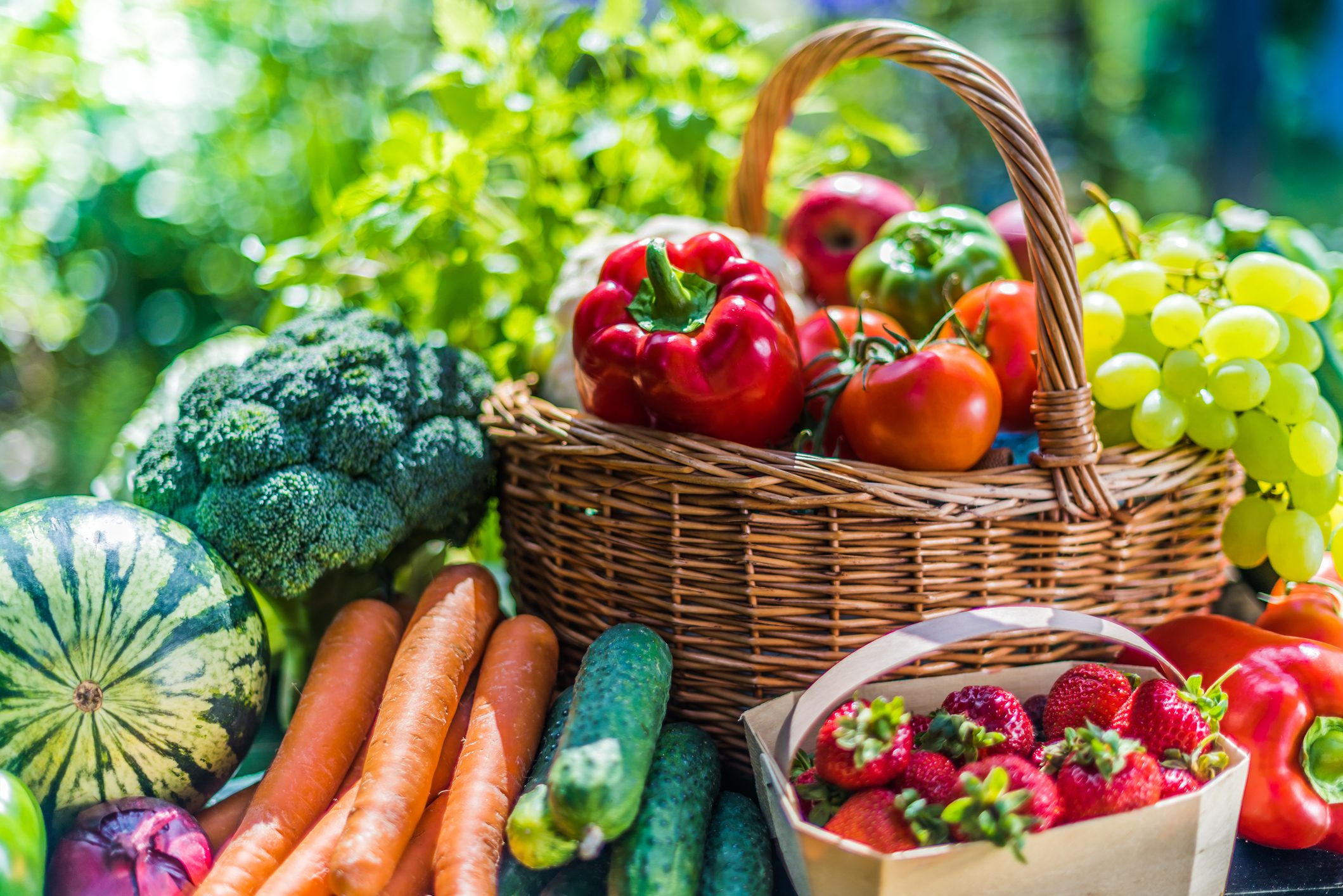13 Fruits and Vegetables You Should (and Shouldn’t) Peel
Fruits and vegetables skins often contain high levels of antioxidants, fibers and nutrients, and they have even an unexpectedly good taste. Anyway, not all skins are edible and tasty: some of them are actually hard to digest. Here is a list of 15 fruits and vegetables you should (and shouldn’t) peel!
;Resize,width=742;)
Many times, we peel fruits and vegetables, and throw the skins away without even giving it a second thought. But those skins can contain up to a third of the fruit’s fiber and nutrients. Often, the antioxidant levels are higher in the skins that the actual fruit itself. Let's discover together which ones you should (and shouldn’t) peel, and how to eat their skins or re-use them!
1. Kiwi

When looking at the fuzzy exterior of a kiwi, your first thought might not be to bite into it. But much like the fuzzy skin of peach, you can actually eat it too! Recent studies show that when you eat the kiwi fruit with its skin, the fiber content is three times as much! You also get in a good dose of vitamin C!
2. Onions

Onion skins have a tremendous amount of flavor, and even though you probably won’t want to eat it raw, there are other ways to use this flavor bomb to your advantage. When peeling onions, save the skins and use it in broths or stews. The cooking process will add extra flavor, and also bring color to your dish!
3. Bananas

A banana peel has a lot of fiber and also contains a high amount of tryptophan, a compound that can help to increase your serotonin levels. The peel has a bitter taste and the consistency might not be to everyone’s taste. They get thinner and sweeter as they get ripe, so wait until they start to brown and start chewing!
4. Potatoes

Potato skins are filled with fiber and vitamins. So by peeling them, you’re not only wasting food, you’re missing out on nutrients. Leave the skin on when making roast potatoes or potato salad, for added flavor or texture. When you do peel potatoes, save the skins and fry them in oil. It makes a tasty snack!
5. Carrots

Carrots are well-known for their health benefits. Even though a carrot’s nutrients are equally distributed between the flesh and the peel, it seems as though phytonutrients are more concentrated in the carrot’s skin. If you want to use carrots in a stew, a simple scrub will do before chopping. If you plan to roast them however, it will be best to peel as it can become bitter during cooking.
6. Pineapple

Most tropical fruits are covered in a thick, tough skin to cover the soft fruits inside. The fruits are designed this way to protect them against the harsh tropical climate. Unfortunately, it also means that the skin is not edible. But pineapple skins make excellent exfoliators for your skin, so rather save them for that purpose!
7. Apples

If there’s one fruit you should eat with skin on, it’s an apple. Apple peels contain about half of the fruit’s fiber content! If you peel it, you also lose about the third of the apple’s vitamin C, vitamin A, and potassium content. Not only that, but you get four times more vitamin K from the apple peel than you would the actual fruit.
8. Cucumber

A lot of salad recipes require the cucumbers to be peeled and seeded. But because cucumbers are mostly water, you end up with very little nutritional value. The seeds and skin are actually the most nutrient dense. So try adding them to your diet without peeling them first. This way, you’ll get more fiber and vitamins!
9. Mangoes

Mango skin is a powerhouse of nutrients like carotenoids, polyphenols, and omega-3 fatty acids. So you definitely get a lot of health benefits by eating the skin. If you find it hard to eat, try to use whole mangoes in cooking, as the skin will soften throughout the cooking process. You can also make a pickle with chopped, unpeeled mangoes.
10. Guava

If you ever walked past a guava and just wanted to take a bite into the whole fruit, then we’re here to tell you – you can! Guavas are deliciously fruity, with the taste being somewhere between strawberries and pears. The fruits are high in antioxidants, vitamins, fiber, and minerals, and by eating the skin, you get every ounce of nutrients!
11. Sweet potatoes

Whether you prefer purple or orange sweet potatoes, you should leave the skin on! By eating sweet potato peels, you get in more fiber, vitamin C, vitamin E, beta-carotene, potassium, and iron. It also adds more flavor to your dishes! The peel softens during cooking, so a slow roast in the oven will be enough to make them edible.
12. Citrus fruits

You would never bite into an orange with the skin on, but you should definitely be saving the peels for other uses! Save dried peels of oranges to flavor desserts, or use the zest in your cooking. If you do not want to eat them, you can use lemon peels for a homemade cleaner too. Simply combine lemon peels, vinegar, baking soda and hot water. Let it sit for a few days and use it to clean your kitchen counter!
13. Avocados

Avocados spread on toast are delicious, and you can also use it to make guacamole. What you shouldn’t eat though, is the skin. Most avocado varieties (especially the Hass avocado) have a rough (some say lizard-like) skin which will be hard to digest. And it won’t taste great either! But you can actually use avocado skins to dye fabric pink!
;Resize,width=767;)
;Resize,width=712;)
;Resize,width=712;)

